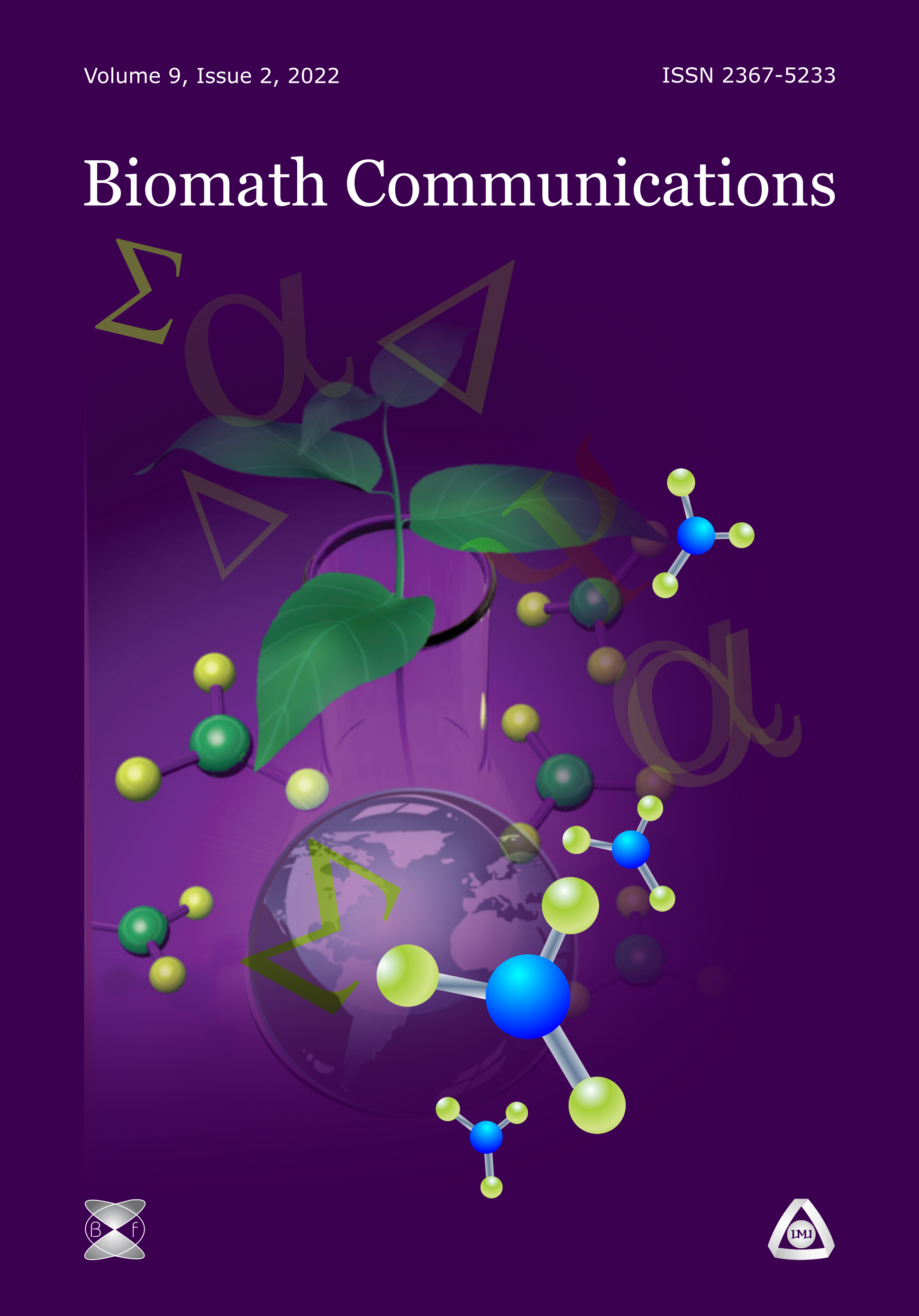A Comprehensive Compartmental Model for the Assessment of Net Whole Body Protein Breakdown, Using a Pulse of Phenylalanine and Tyrosine Stable Isotopes in Humans
DOI:
https://doi.org/10.11145/cb.v3i1.674Abstract
Rationale: We recently developed a novel and easy-to-use approach to measure net whole body protein breakdown (net PB), using non-compartmental modelling after single pulse injection of the stable isotopes phenylalanine (Phe) and tyrosine (Tyr). We successively fine-tuned this approach by developing a minimal compartmental model to add small structural information to amino acids kinetics in PB. Lately, we further refined our innovative approach by developing a comprehensive compartmental model to add exhaustive and more physiologically relevant structural information regarding the Phe-Tyr pathway with high accuracy.
В
Method: Healthy human subjects (6 male, 5 female, age: 56.6 ± 8.3 years) were given in the postabsorptive state a single pulse (8ml) injection of L-[ring-13C6]-Phe (6.44 mg/ml) and L[ring-2H4]-Tyr (0.46 mg/ml). Multiple plasma samples were collected for 120 min and tracer-tracee ratio of Phe (mass 6) and Tyr (mass 4 and 6) were measured by LC-MS/MS. A six compartment model was developed to describe the kinetics of Phe and Tyr and the Phe to Tyr hydroxylation. The model is a priori identifiable from the Phe+6, Tyr+6 and Tyr+4 data measured following the Phe+6 and Tyr+4 injections, provided that the Phe and Tyr accessible pool sizes are known. Since these pools represent the free amino acid extracellular fluid pools for Phe and Tyr (respectively), their size was estimated from plasma concentrations of the two amino acids and fat free mass in each subject. The model provides estimates of compartmental fluxes, including the de novo productions of Phe and Tyr in the slow tissues’ intracellular pools and the Phe to Tyr interconversion. These fluxes were compared to reference values available in the literature in order to assess the physiological relevance of the estimated variables.
В
Results: The model, identified by using SAAM, was able to reproduce the experimental data of all individuals and all its parameters were estimated with high precision (VC: 12% ± 5%). Estimated values for intercompartmental fluxes are physiologically plausible: Net-PB: 4.04 ± 0.93 µmol/FFM kg/h; de novo production of Phe in the slow tissues’ intracellular pool: 95.52 ± 14.76 µmol/FFM kg/h; de novo production of Tyr in the slow tissues’ intracellular pool: 75.57 ± 14.34 µmol/FFM kg/h; molar ratio of the fluxes of Phe and Tyr arising from protein catabolism: 0.79. By using the model to simulate a continuous infusion experiment previously done on pigs, some of the structural assumptions made in the design phase were validated.
В
Conclusion: Our data reveal that after single pulse injection of Phe and Tyr stable isotopes, a comprehensive compartmental model analysis estimates net PB with low variability when the physiology of Phe to Tyr conversion is included in the model estimations. Furthermore, our latest model can provide a more exhaustive, detailed and physiologically relevant structural insight in the metabolism of these amino acids, thus improving the quality of the tracer data analysis as performed by our previous minimal model.
Downloads
Published
Issue
Section
License
The journal Biomath Communications is an open access journal. All published articles are immeditely available online and the respective DOI link activated. All articles can be access for free and no reader registration of any sort is required. No fees are charged to authors for article submission or processing. Online publications are funded through volunteer work, donations and grants.
Authors who publish with this journal agree to the following terms:
- Authors retain copyright and grant the journal right of first publication with the work simultaneously licensed under a Creative Commons Attribution License 4.0 that allows others to share the work with an acknowledgement of the work's authorship and initial publication in this journal.
- Authors are able to enter into separate, additional contractual arrangements for the non-exclusive distribution of the journal's published version of the work (e.g., post it to an institutional repository or publish it in a book), with an acknowledgement of its initial publication in this journal.
- Authors are permitted and encouraged to post their work online (e.g., in institutional repositories or on their website) prior to and during the submission process, as it can lead to productive exchanges, as well as earlier and greater citation of published work (See The Effect of Open Access).

